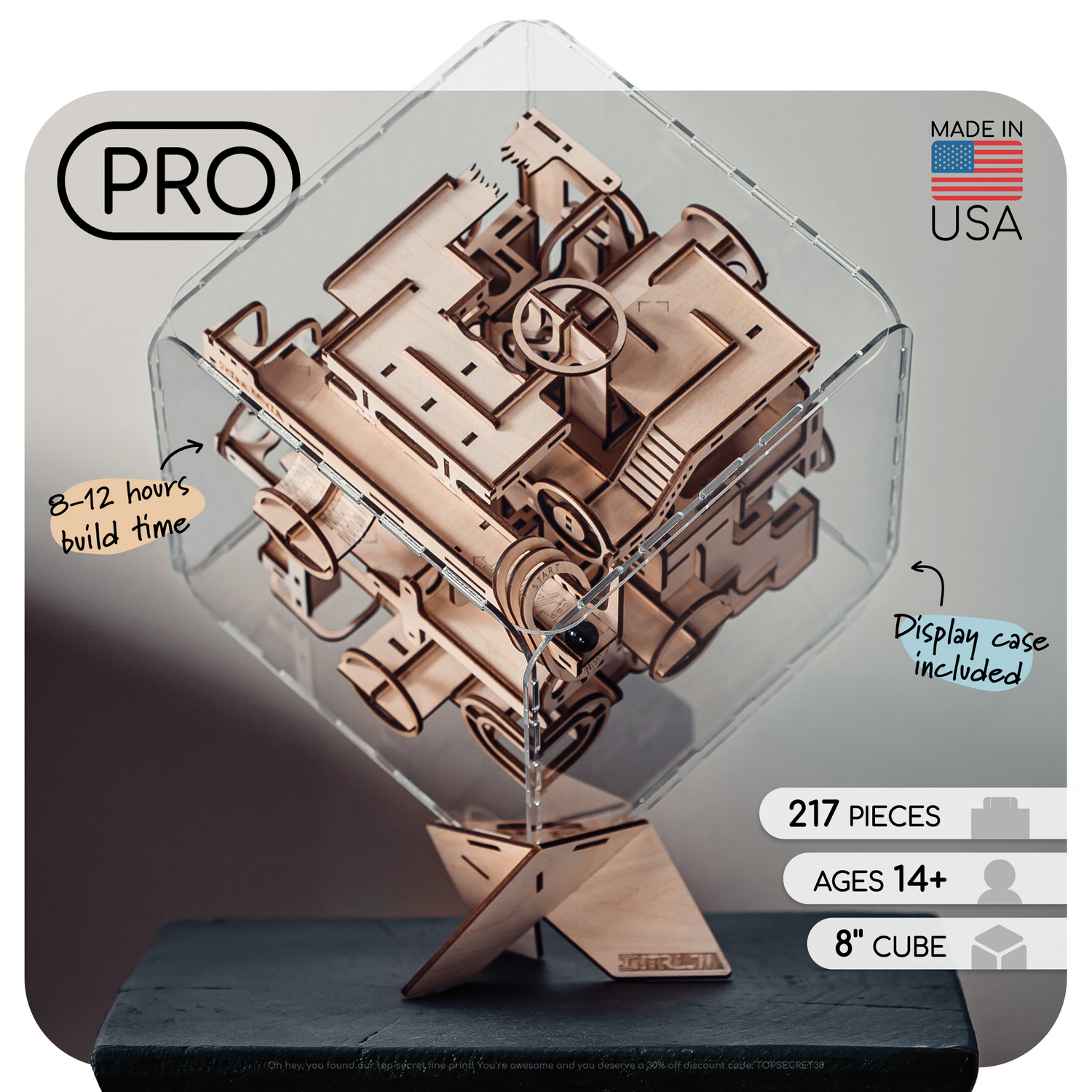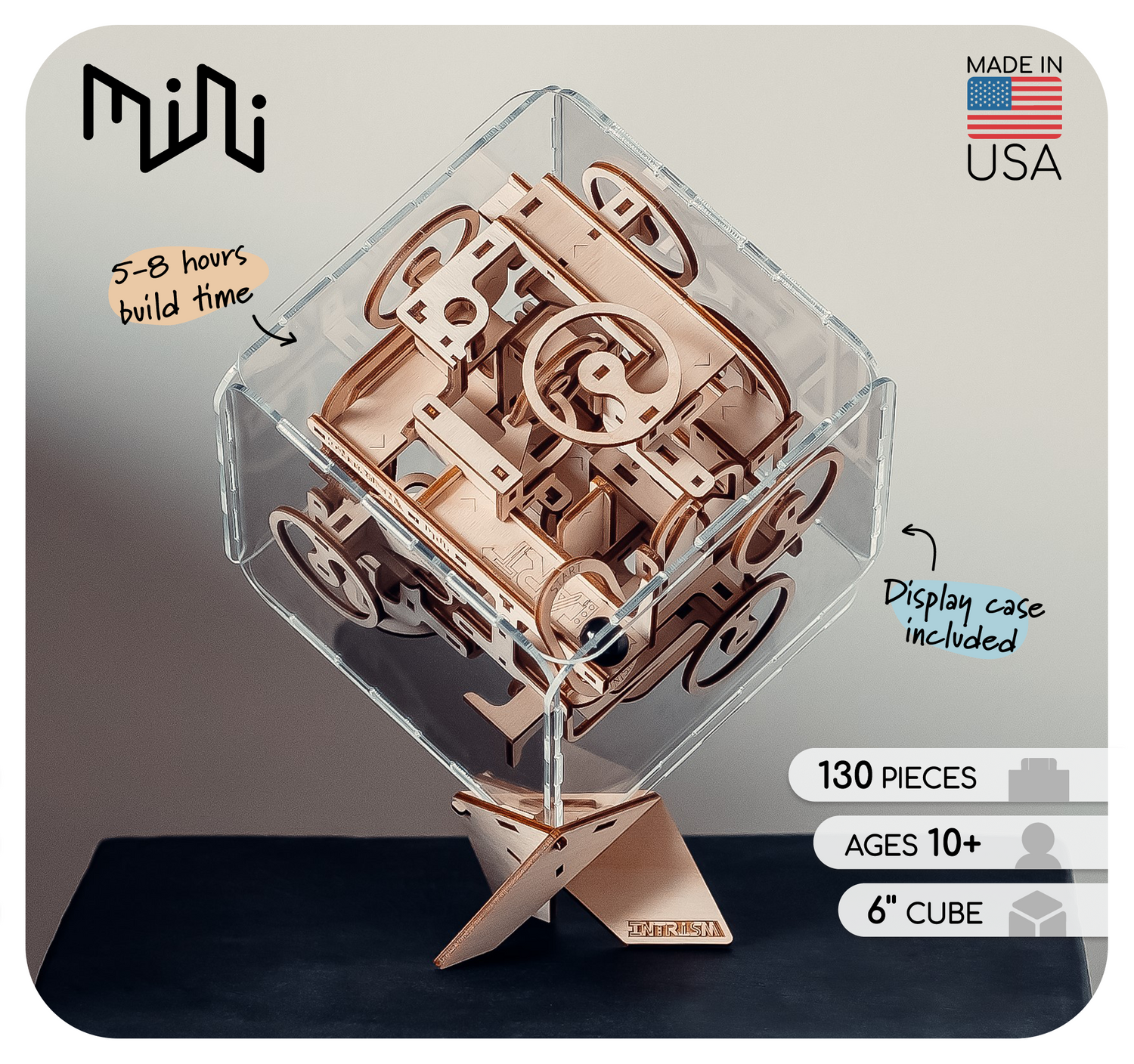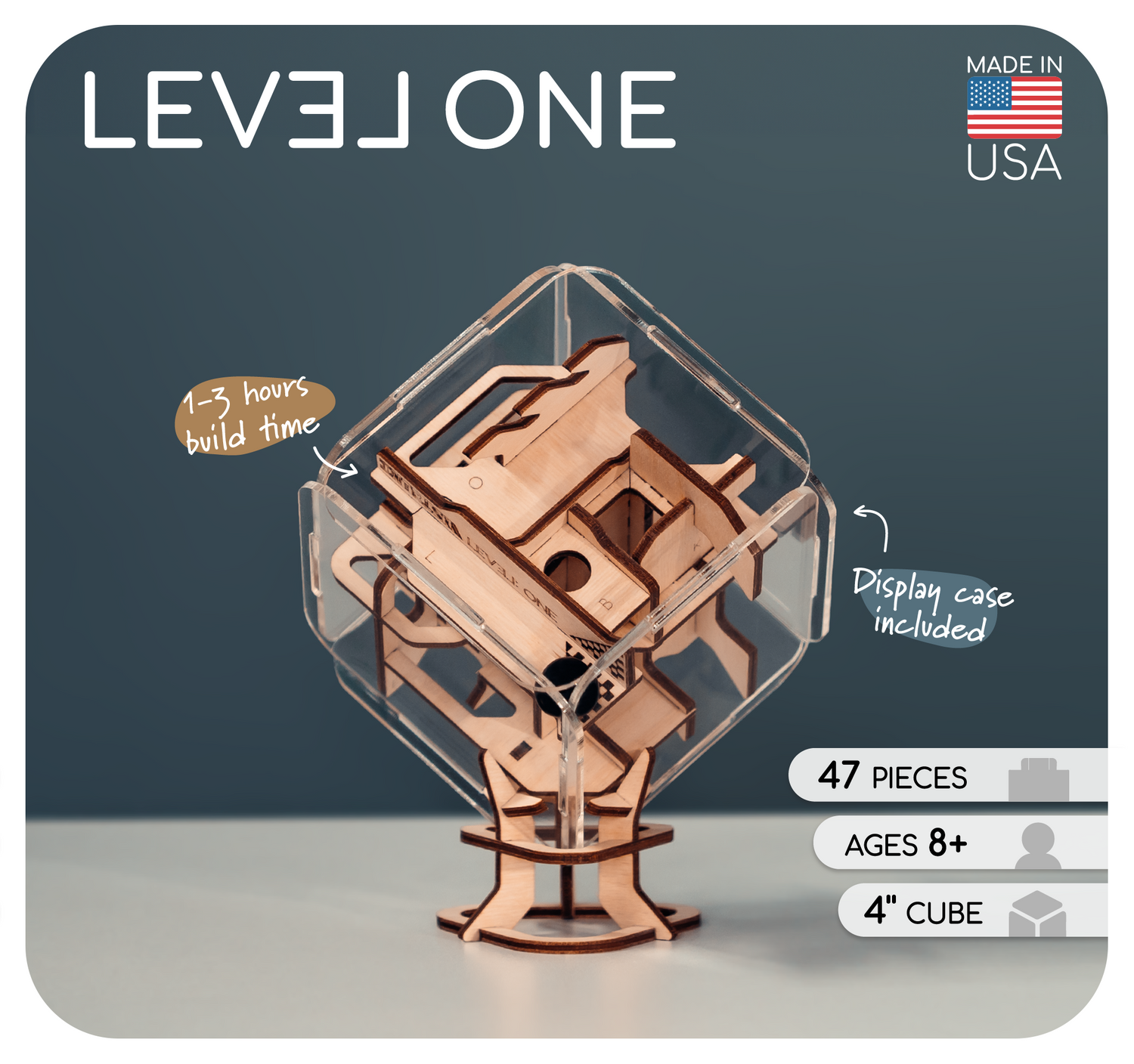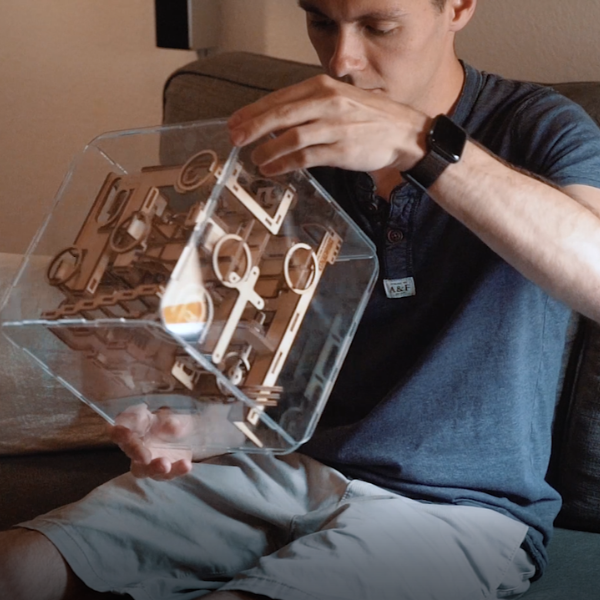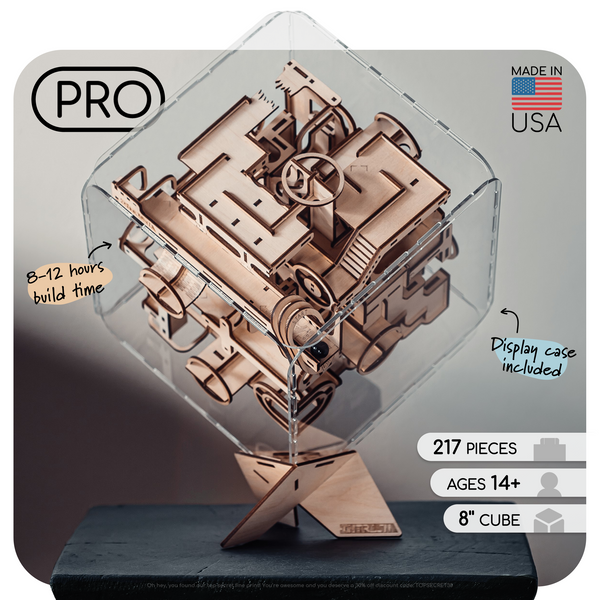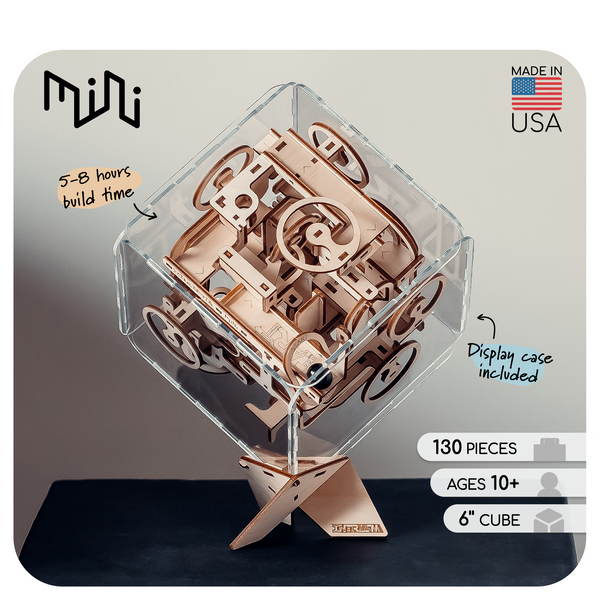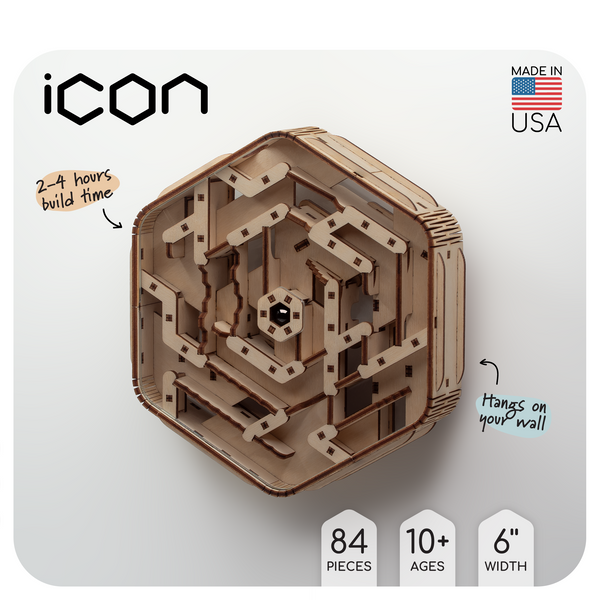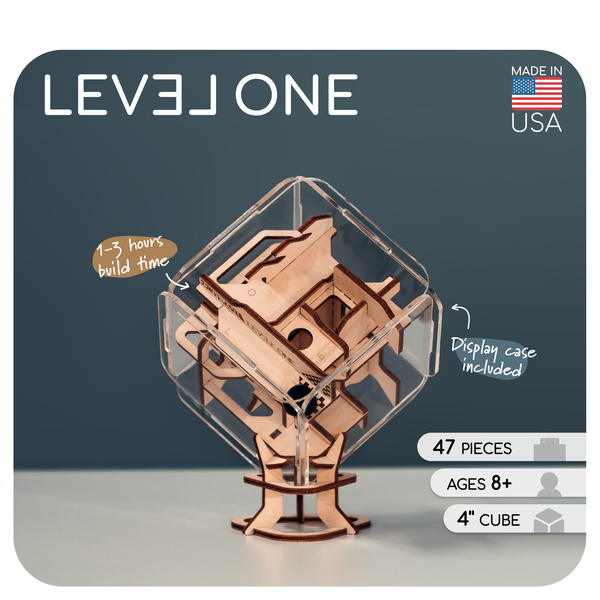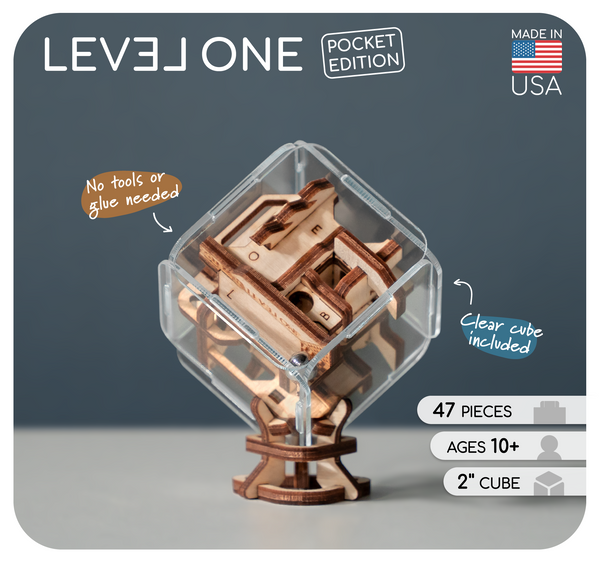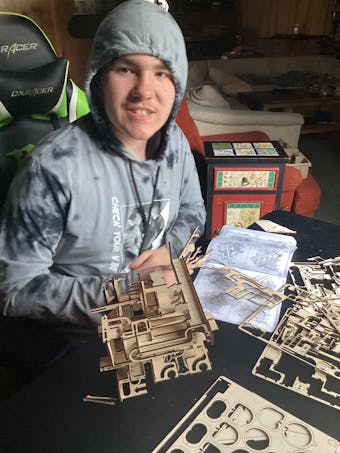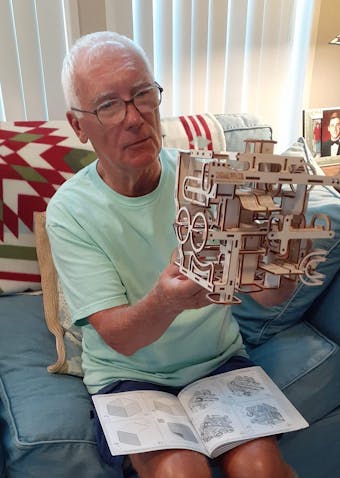I had an issue with advertised vs USPS estimated delivery dates. I had chosen a higher shipping cost in order to recive my package a day ealier than regular shipping. But when the USPS tracking number came, the proposed delivery date as the same as the cheaper shipping.
I submitted a note to customer servcie who promptly replied and offered to waive all my shipping cost. But to top it off, the USPS did manage to get my package delivered in time.
Bottom line, great, responsive customer service. You don't find th at alot now days.
Great quality. Great directions. Great conversation piece. Five stars!!! I could not be happier.


